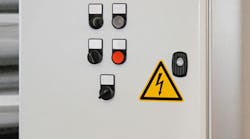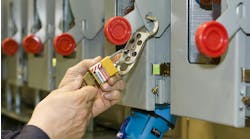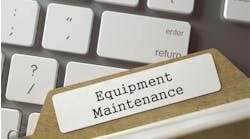At services, you must bond the normally non-current carrying metal parts of equipment together [250.92(A)]. The NEC lists specific items. Does this mean if something’s not on that list you shouldn’t bond it?
No, the list is there to help you. There’s nothing magical about a metallic object the Code-Making Panel didn’t include in that list; they can’t think of everything. The object could be at a different potential from other metallic objects. We have only the one set of laws of physics, so if it’s metal and it’s at a service and it doesn’t carry current you bond it.
Pay close attention to the service bonding method requirements [250.92(B)], but remember these are minimum requirements. These requirements aim to make the bonding path reliable; this is achieved by ensuring it’s mechanically strong and electrically continuous. That’s why, for example, you install bonding jumpers around relatively flimsy things like reducing washers and concentric knockouts.
Where the raceway connection is much less substantial than the raceway itself (e.g., where the raceway locknut clamps to the enclosure), jumper around it.



